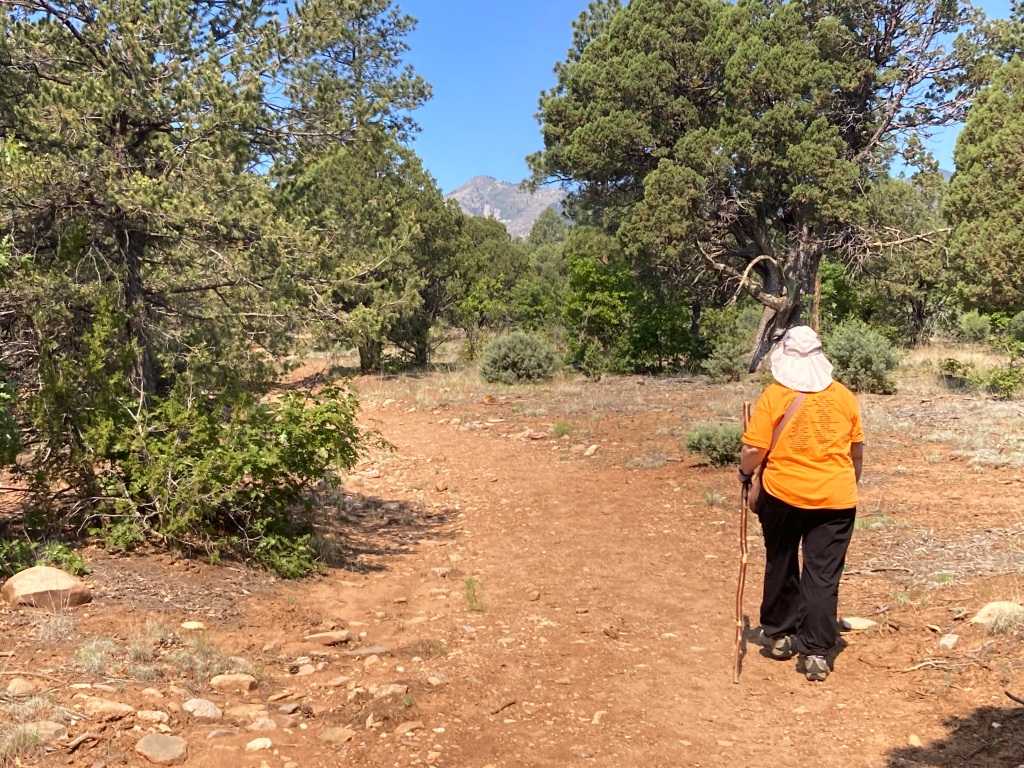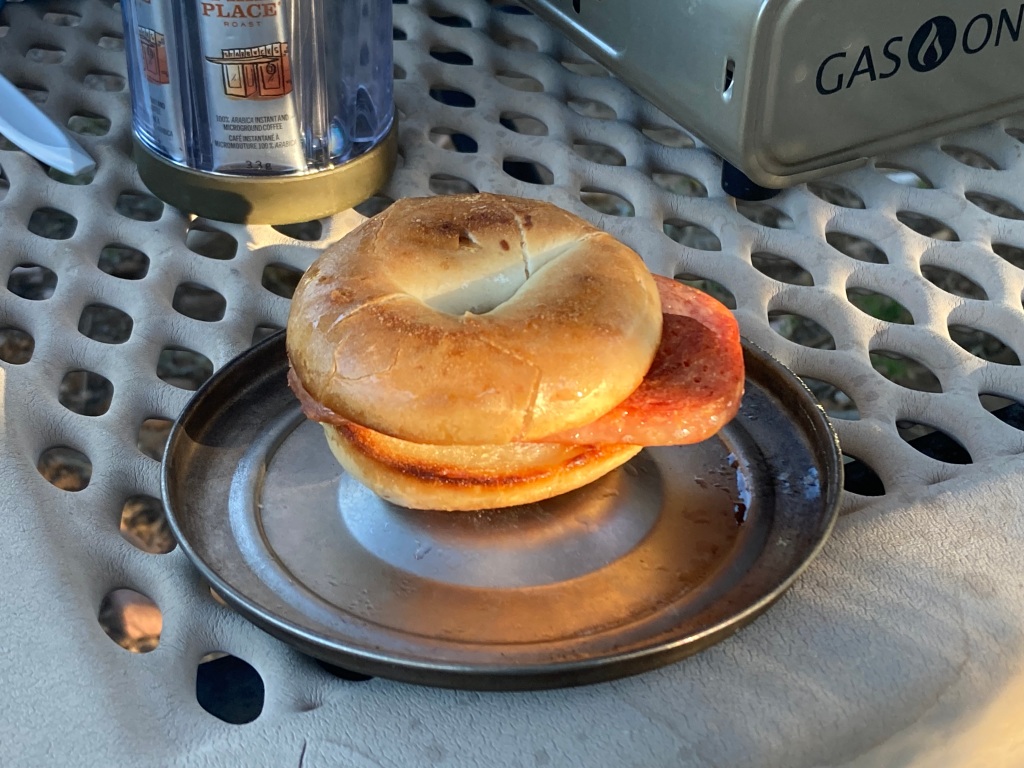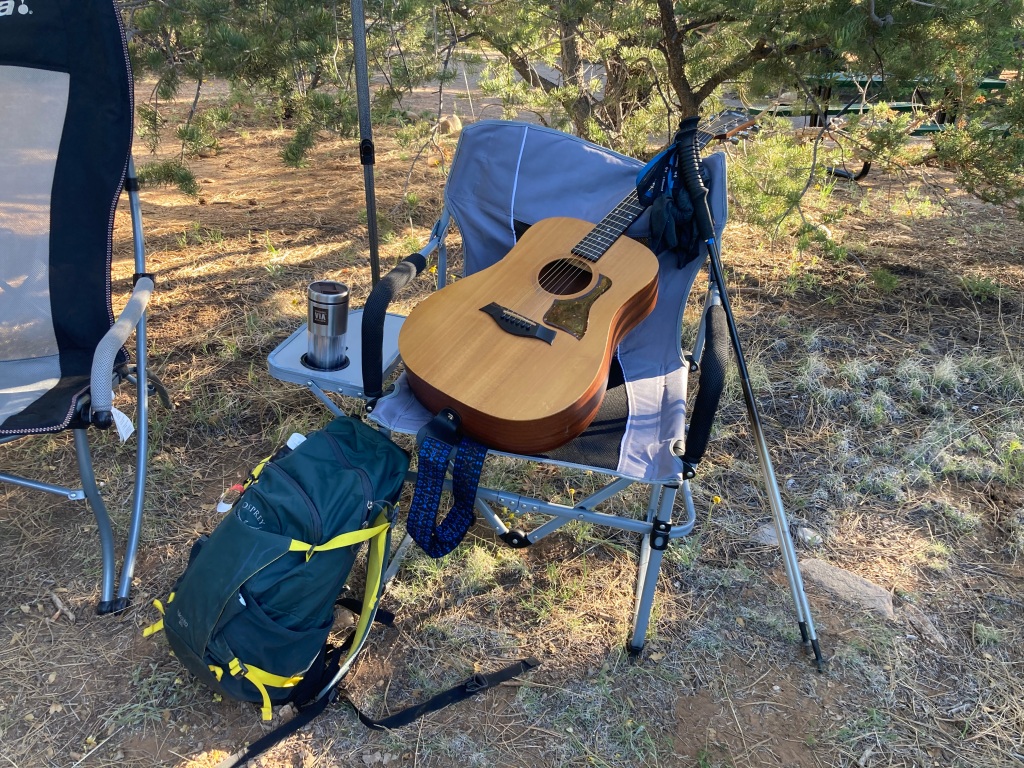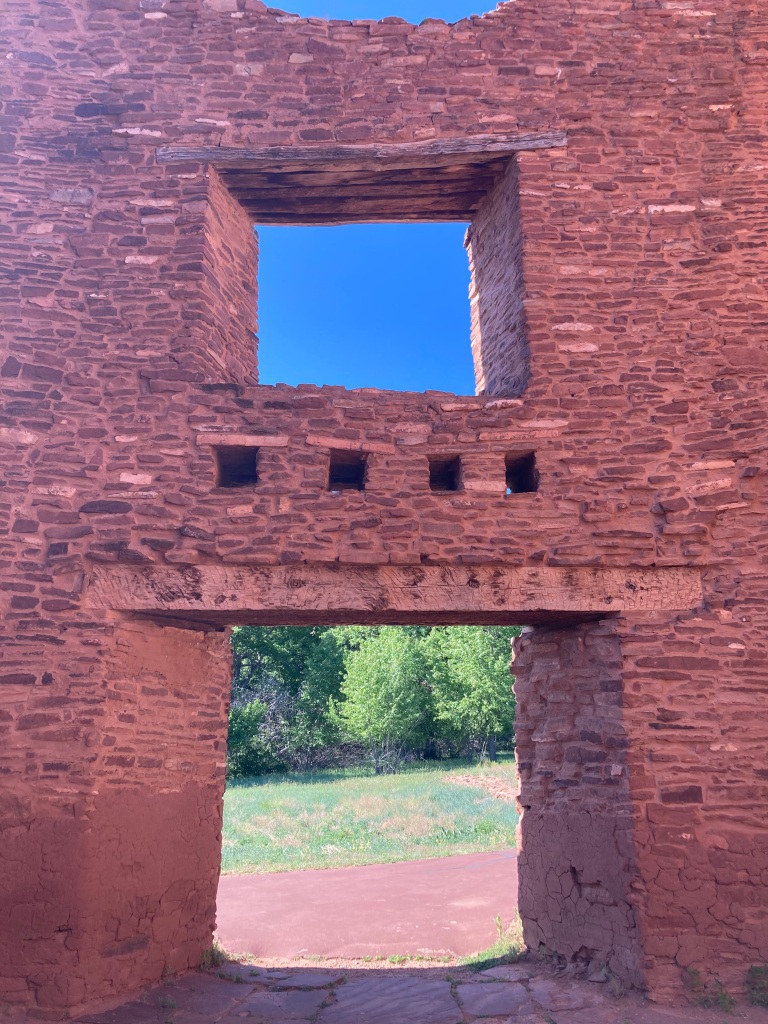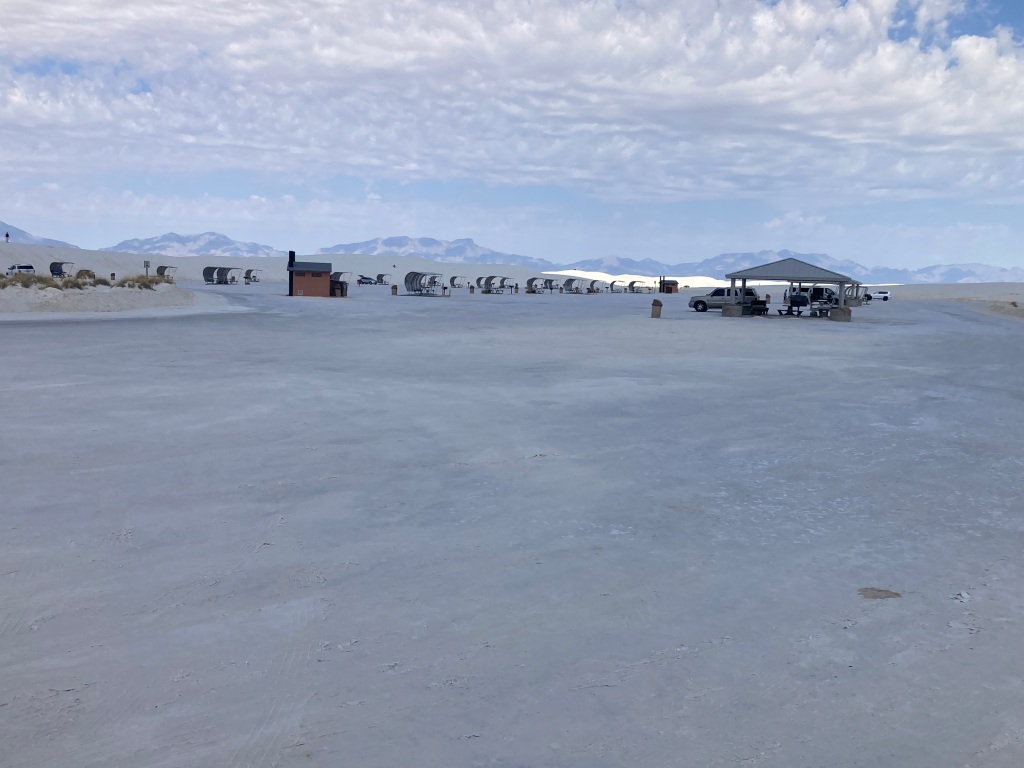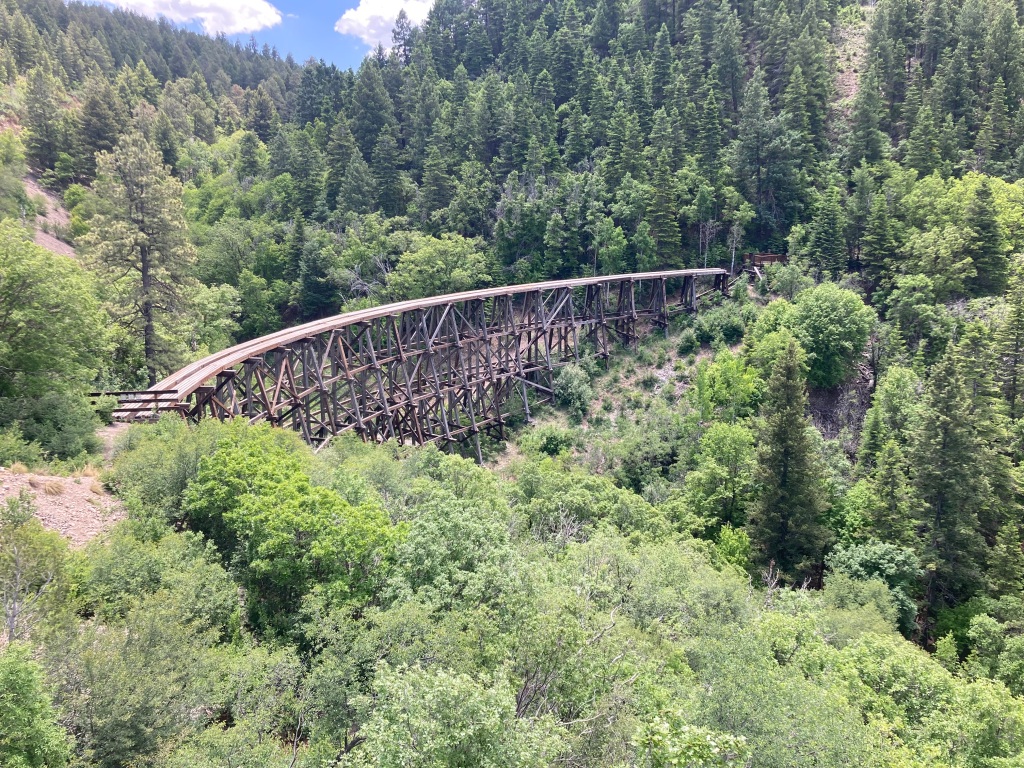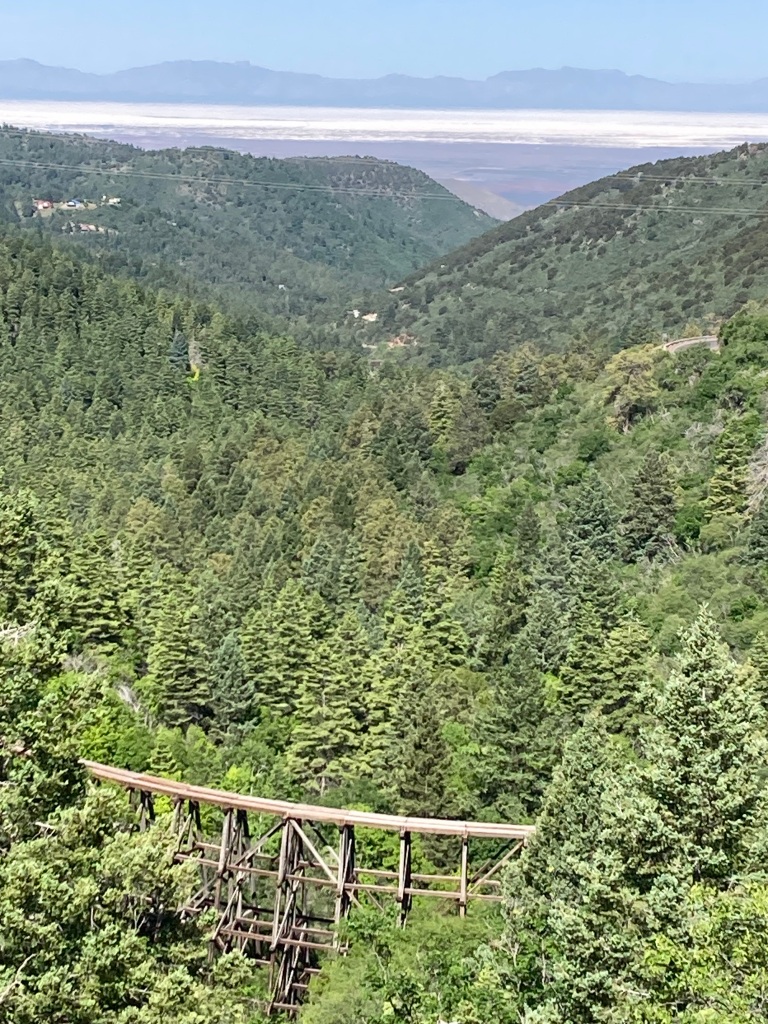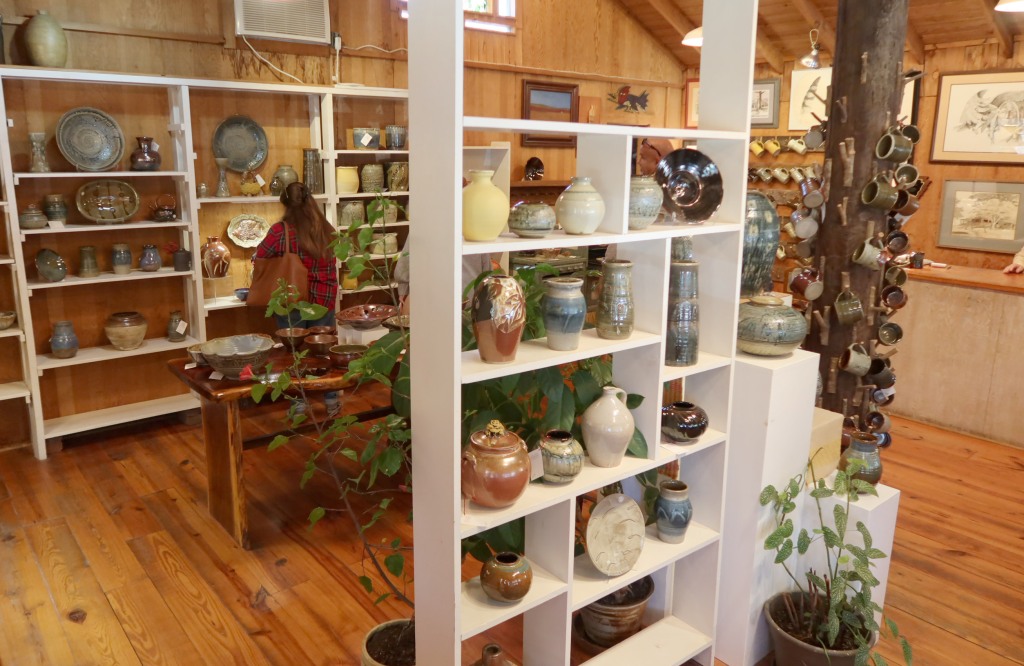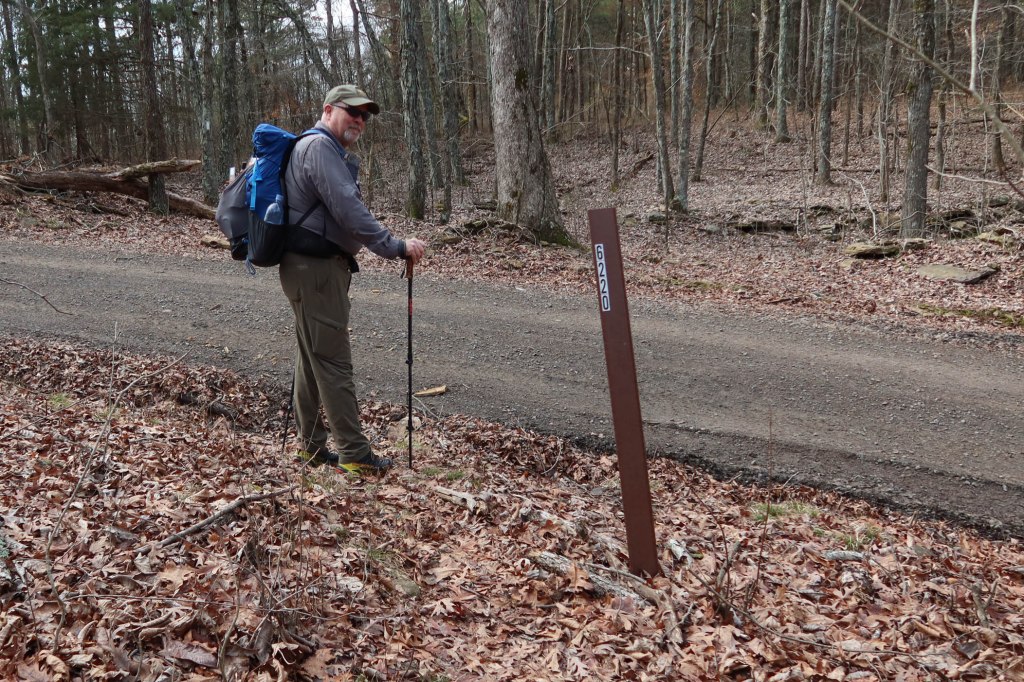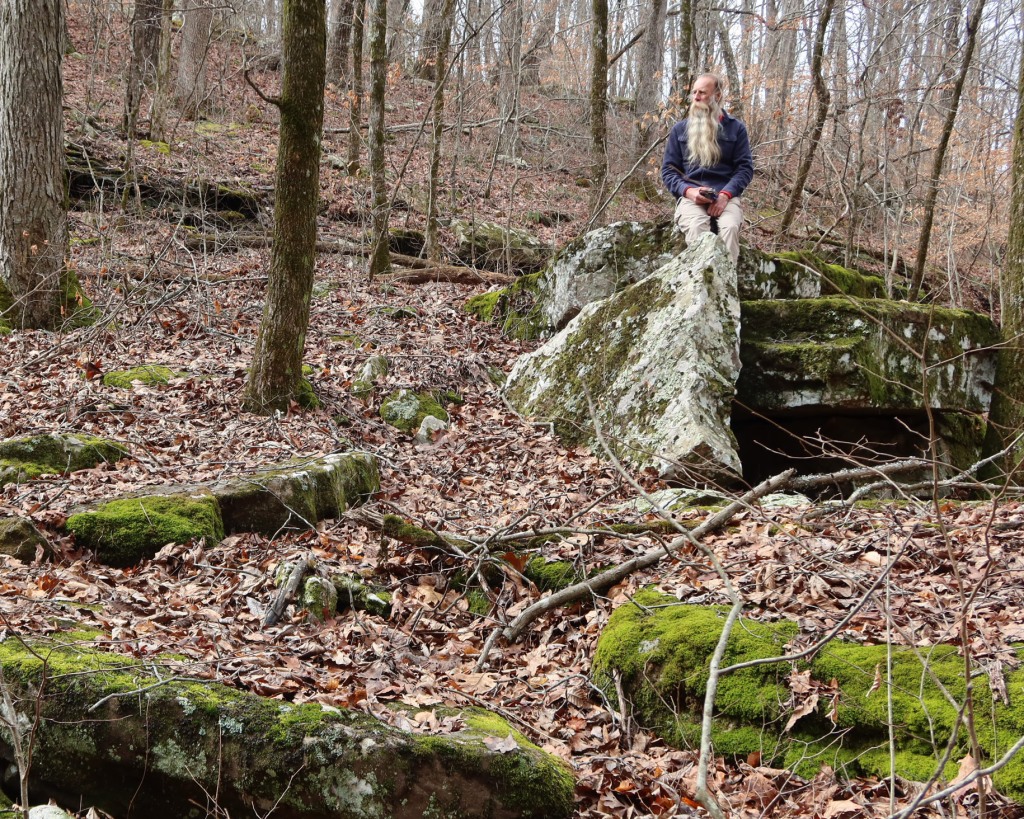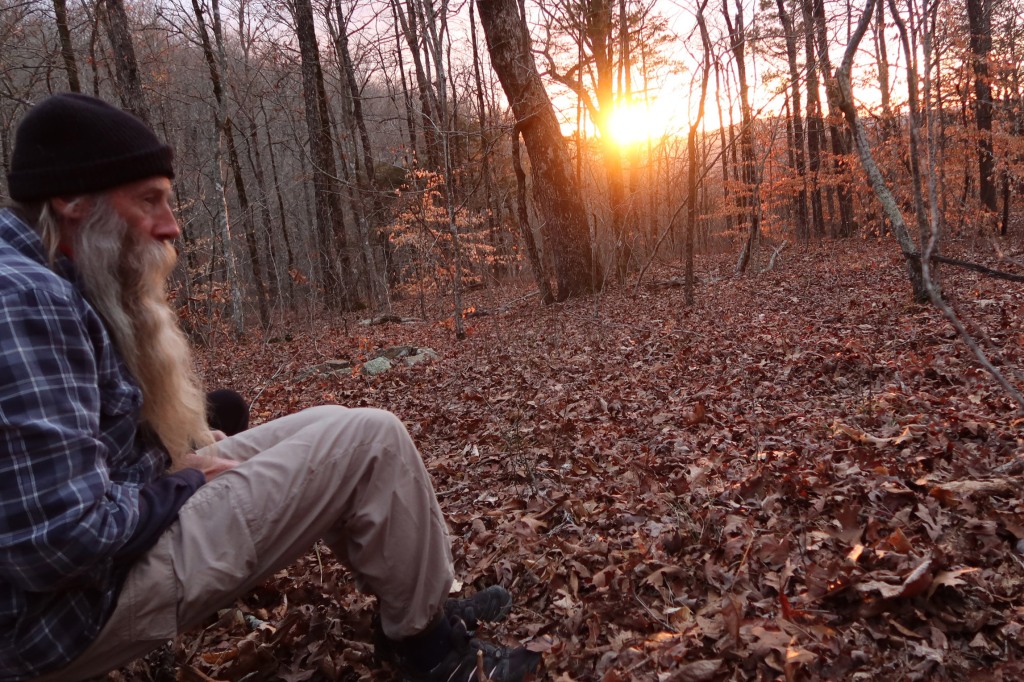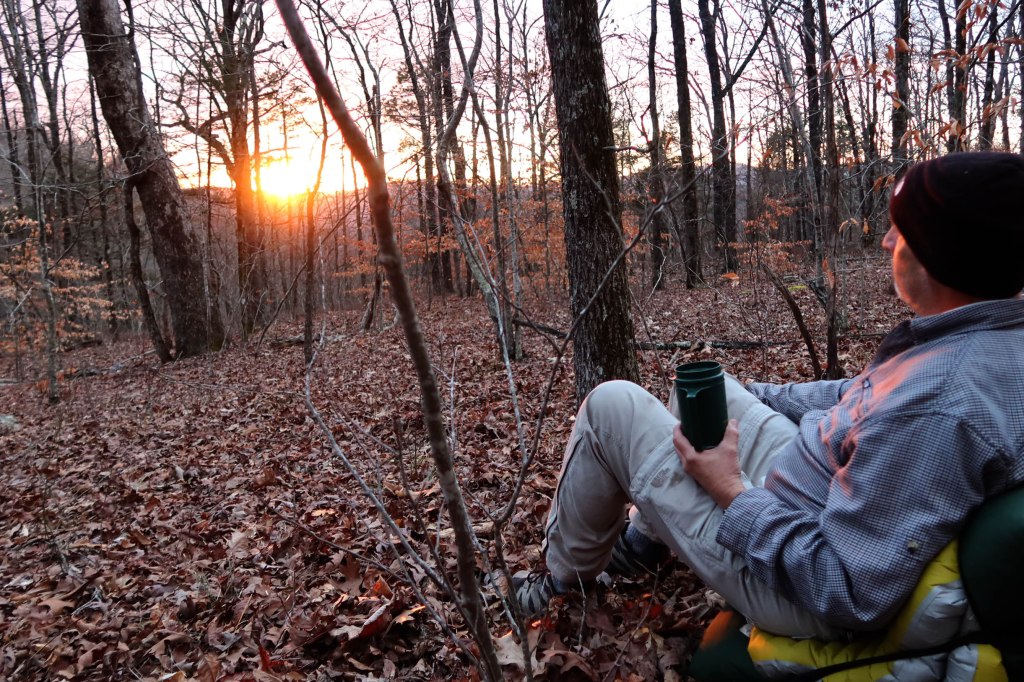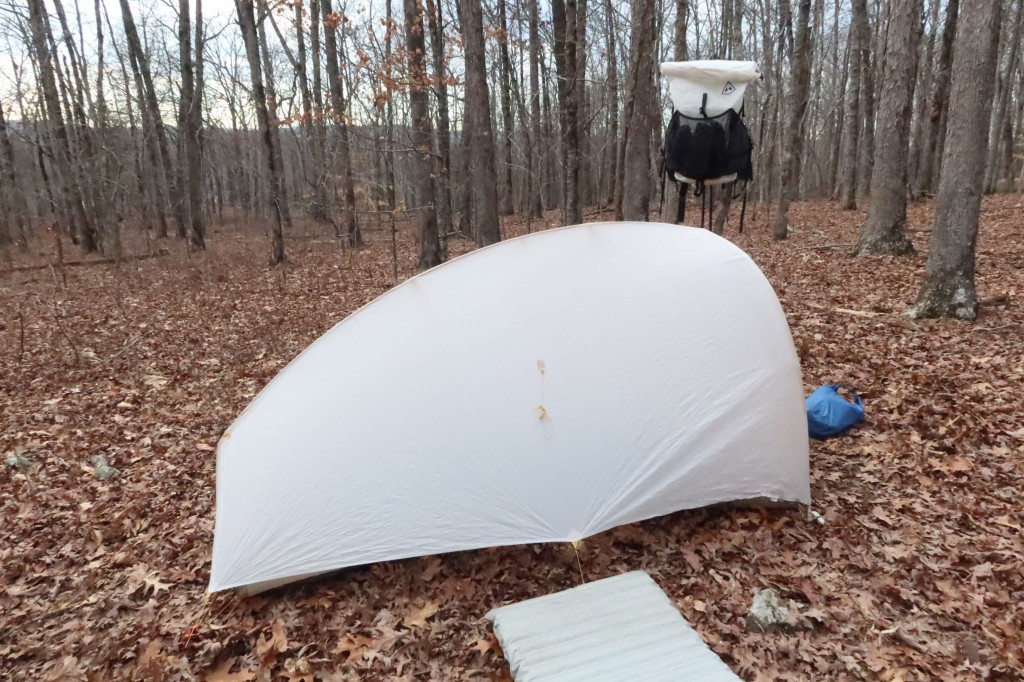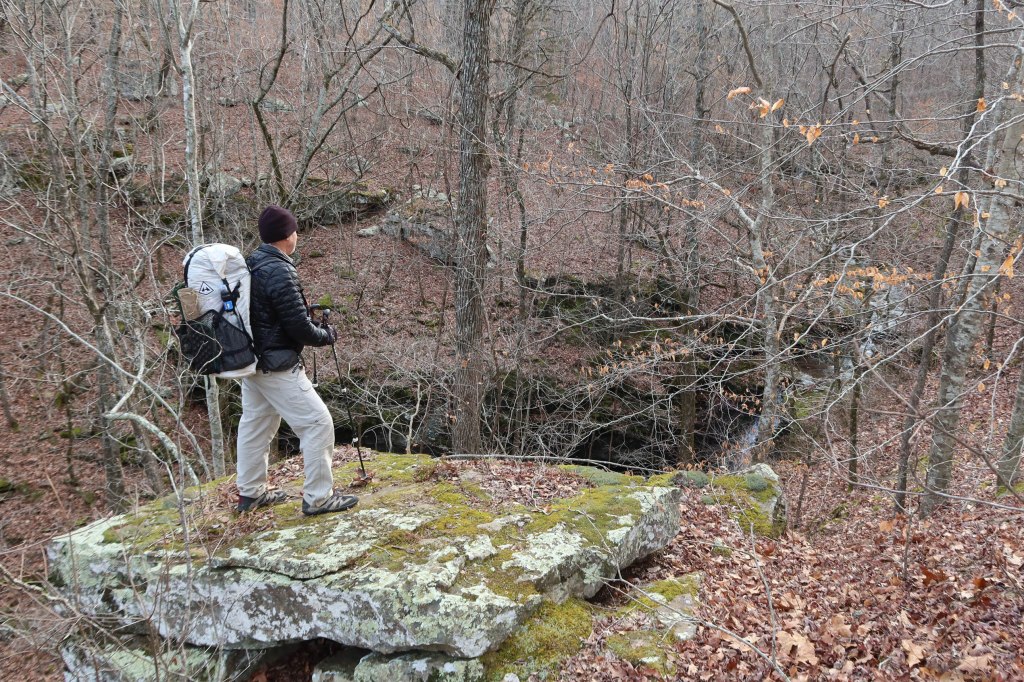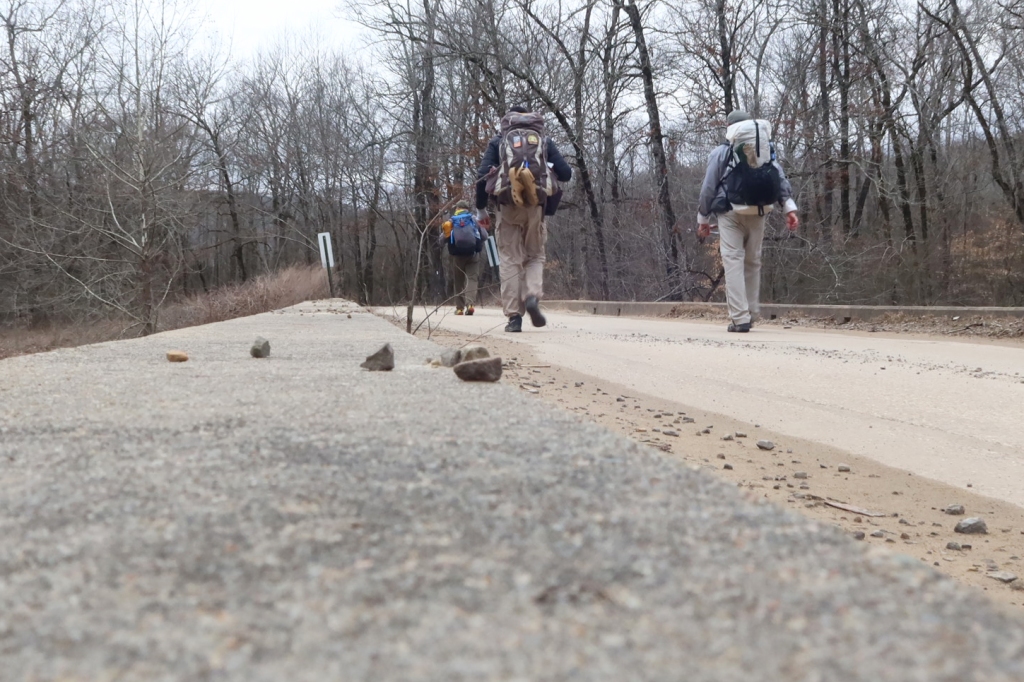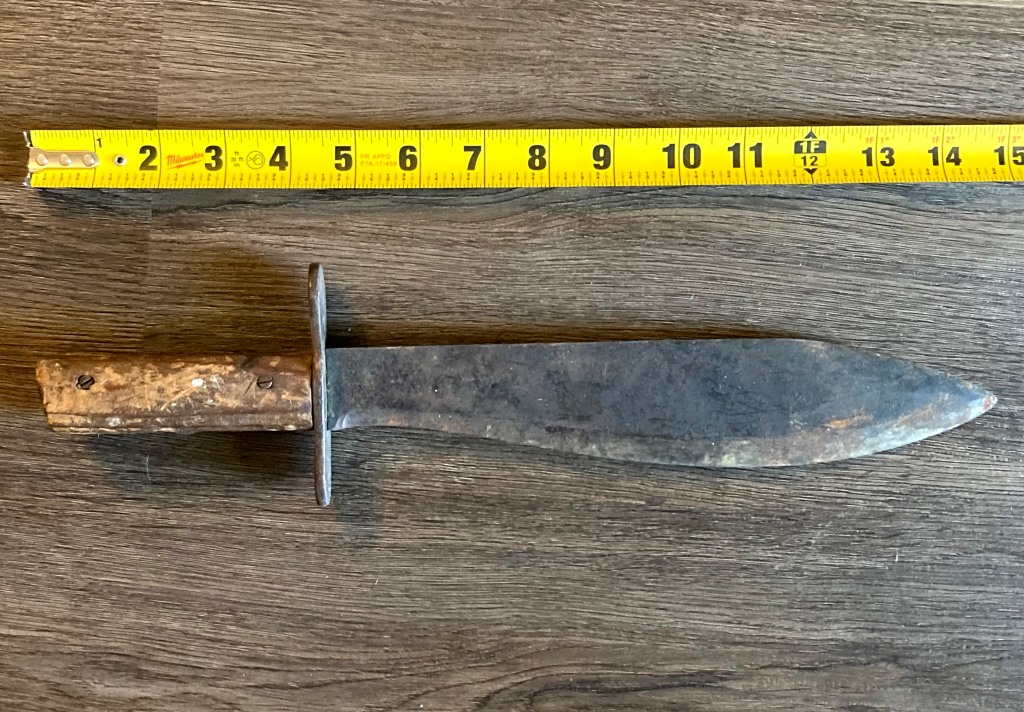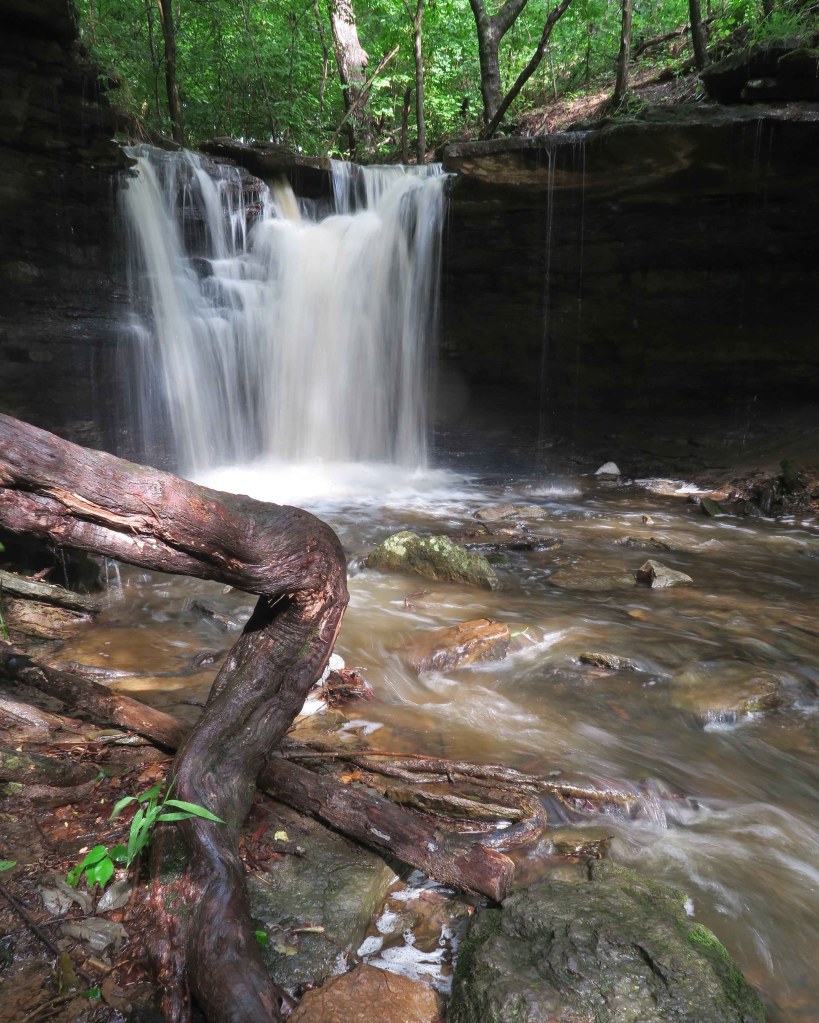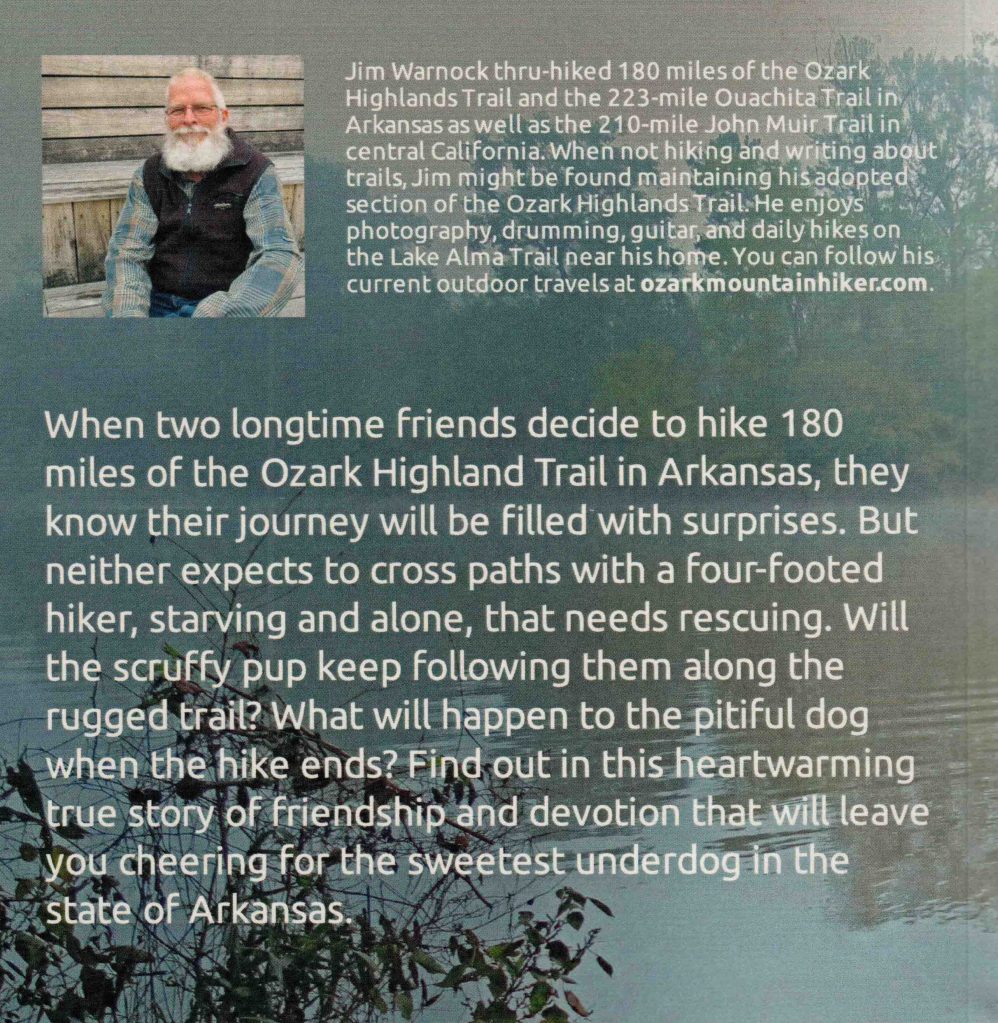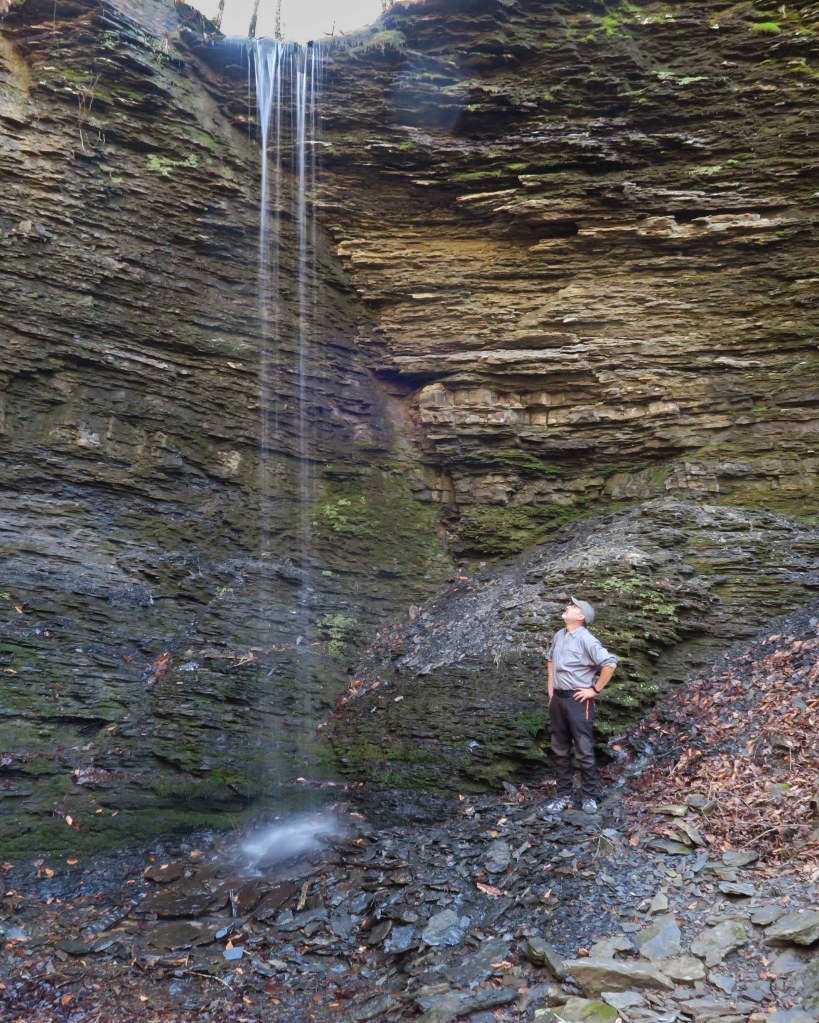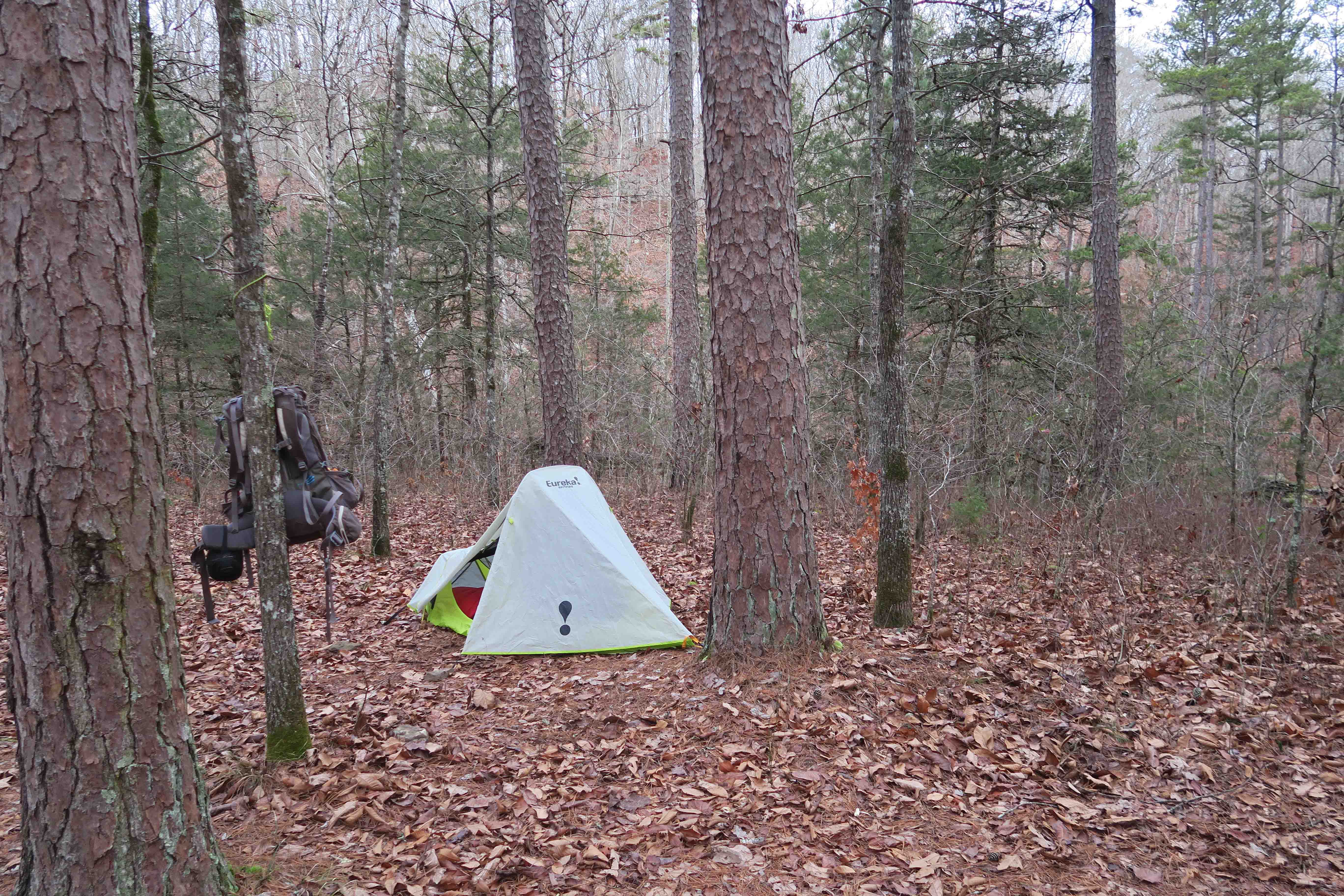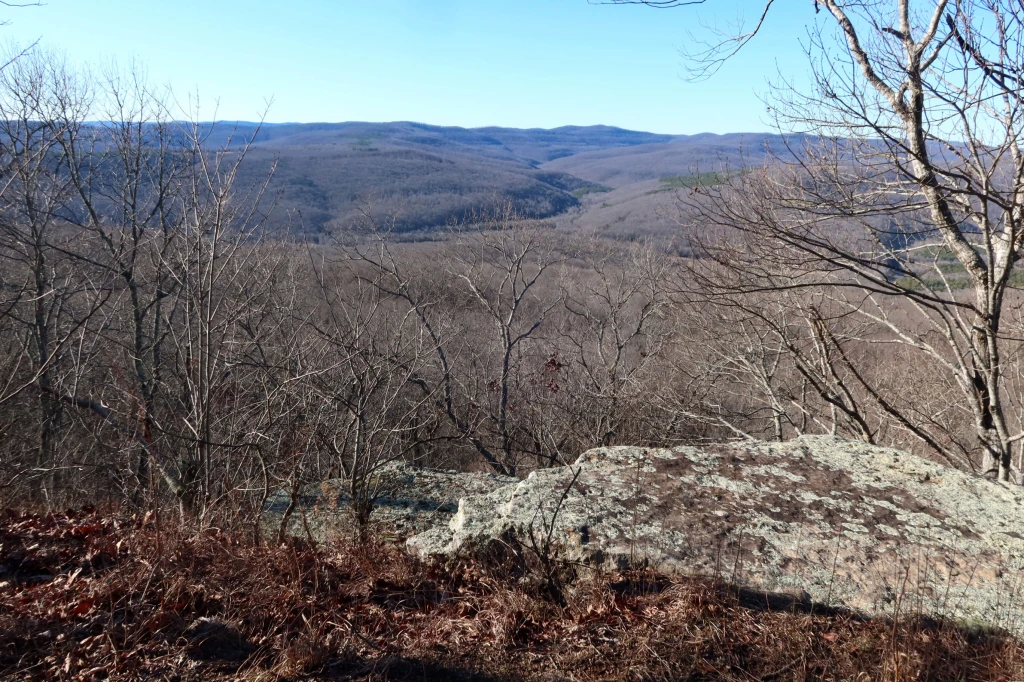
Sometimes life gets complicated and backpacking moves to the back burner. There’s plenty to fill the space with trail maintenance, day hiking, finding new trails, playing music, and family obligations. All of these things are important and worthy of attention, but for me to be my best self for others, it’s essential to get out there for a few nights on the trails when possible.
A couple of longtime friends and I planned a trip but temperatures for the week we had in mind were going to be into the single digits so we decided that might not be a good plan for our first backpacking trip of the winter. Our good friend, Bob, had a scheduling conflict by the time temperatures returned to normal, so it was just Kerry and me for this one.
I spent the night before at Redding Campground, so I’d have a short drive up Morgan Mt. Road on Tuesday when we started out. There was only one other camper there on the other side of the campground, so it felt like I had the place to myself. This is a great little campground without any hookups. There’s a connecting trail to Redding Loop and Spy Rock Spur.
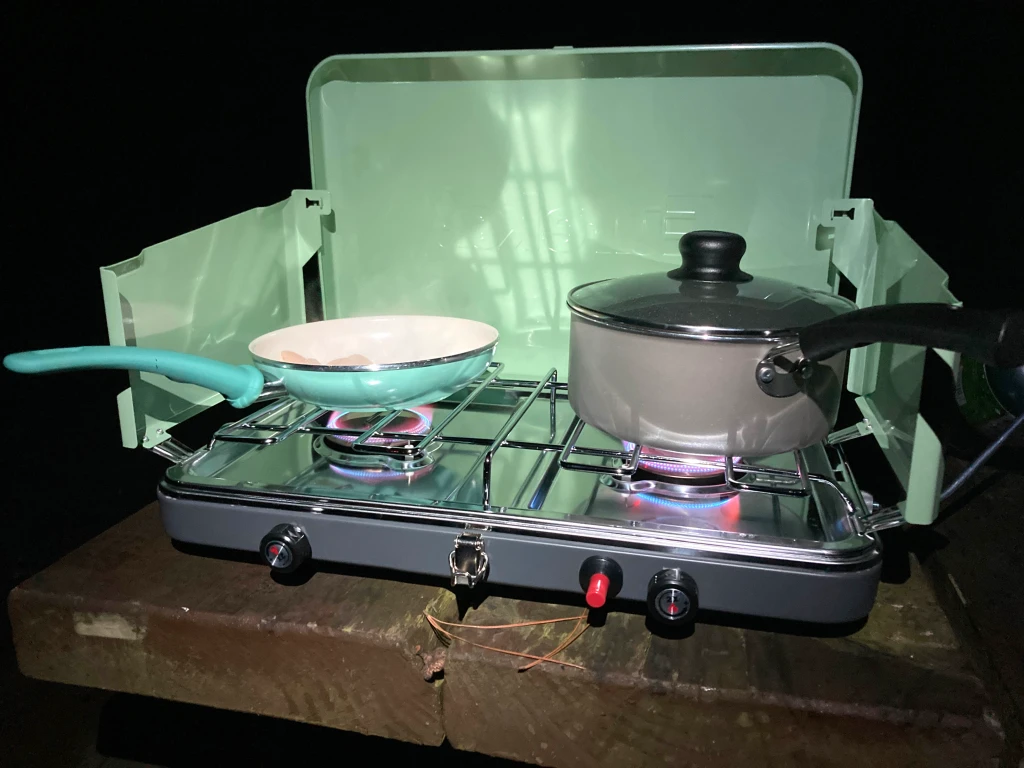
I fixed a REAL breakfast Tuesday morning with a new stove. I like this stove! It’s like being in a kitchen when compared to my backpacking Esbit Cube stove.
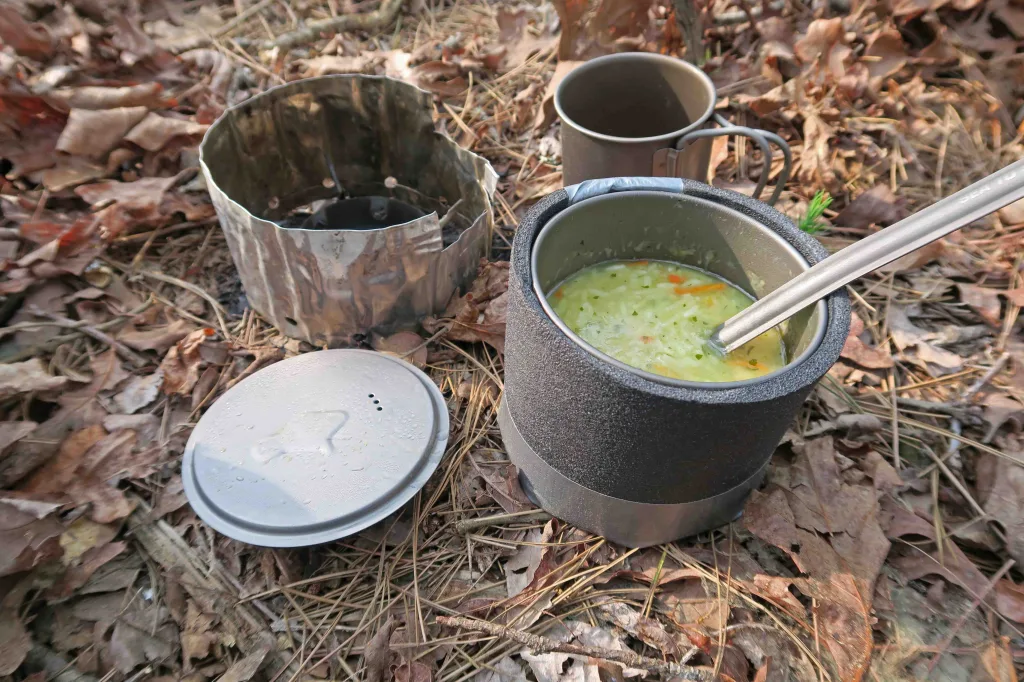

We looked at several options. We settled on Arbaugh Trailhead north of Oark hiking west to Morgan Fields for a total of 27 miles. The first 3 miles are Kerry’s adopted section of the Ozark Highlands Trail. Since he had family obligations in the fall, a group of his friends gave his section some attention. I wanted him to see the good work we’d done. Kerry has hiked that section 48 times or more over the years between leading hikes and maintaining. But we both agree, it never gets old.

The trail descends past a new low impact campsite and then to Lynn Hollow crossing. This whole area is beautiful, especially when water is flowing as it was when we walked through. If you ever need a short over-nighter or shakedown trip, camping here and exploring the Lynn Hollow area would be a good option.

We hiked 11 miles to the west and camped at MM59, Wolf Ridge. This is a popular spot with plenty of tent sites, a well-established fire ring and great view.

The small stream close by has never been dry, even during the driest of falls.
Wednesday, we hiked 9 miles and camped at Indian Creek. While passing through the Marinoni Scenic Area, we met the only other backpacker we’d see over our three-days on the trail.
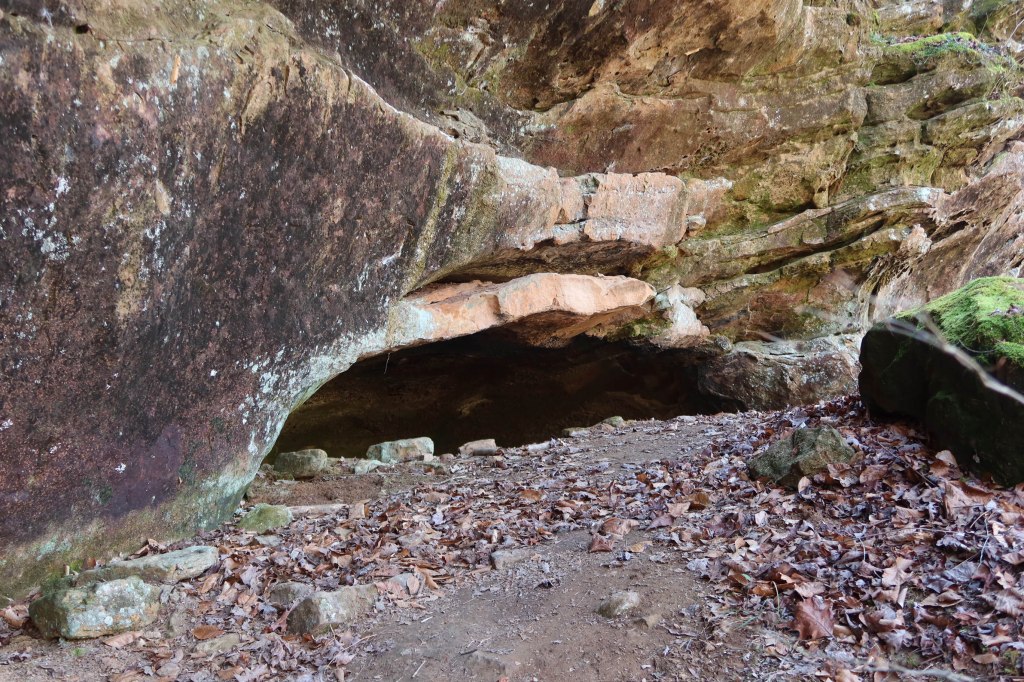
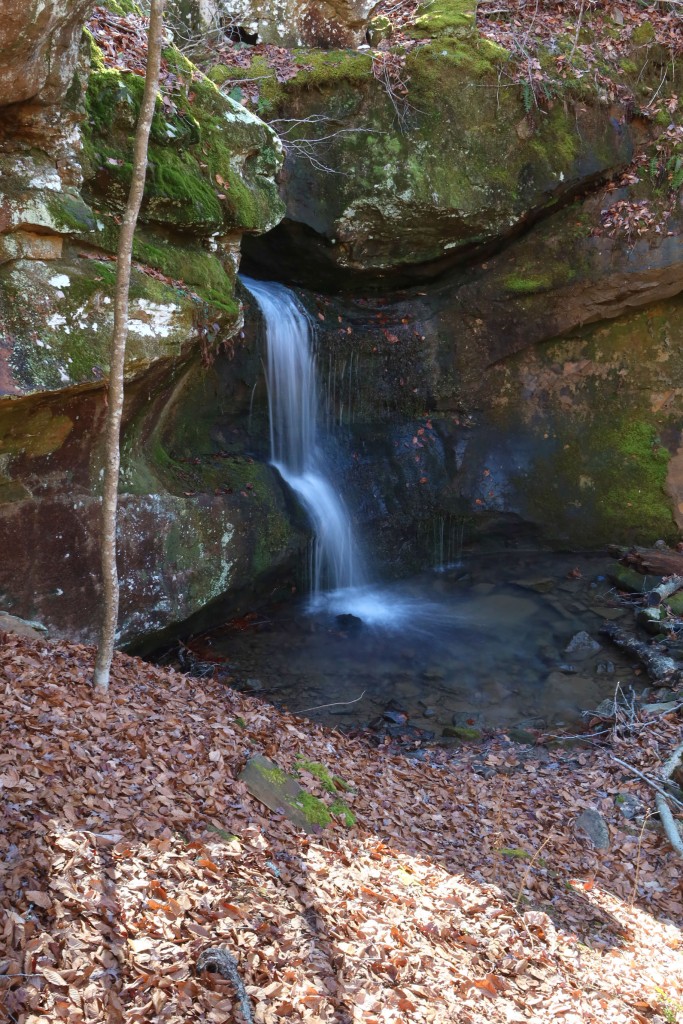



On Thursday, we hiked seven miles. We were feeling the climbs, even slight, but the open woods and running streams were a pleasure every step of the way.
Our three-days on the trail ended at Morgan Fields Trailhead. We were tired but already looking forward to our next walk on the Ozark Highlands Trail.





